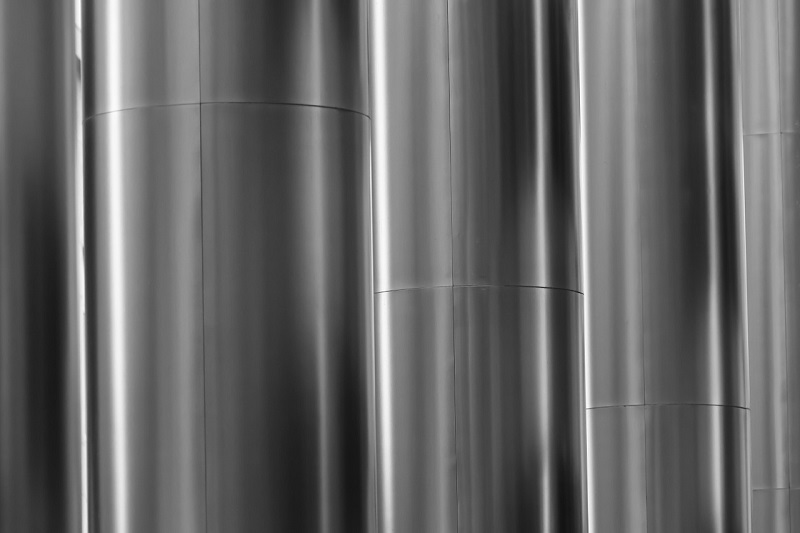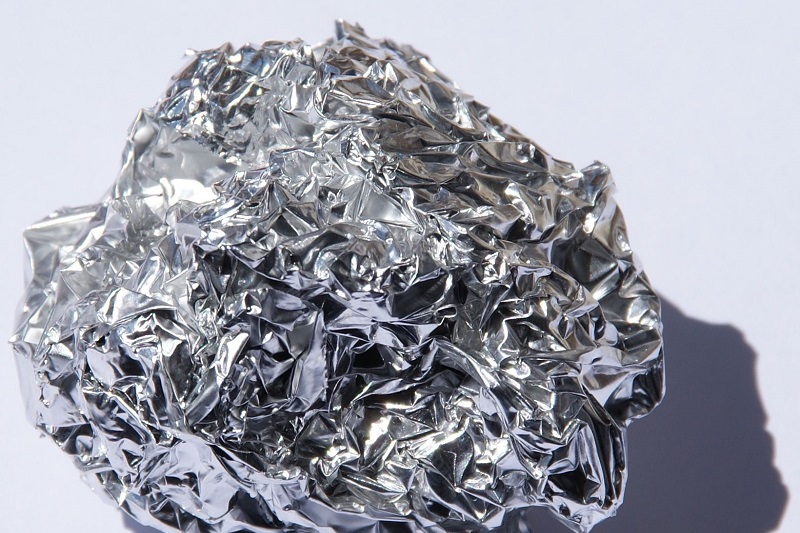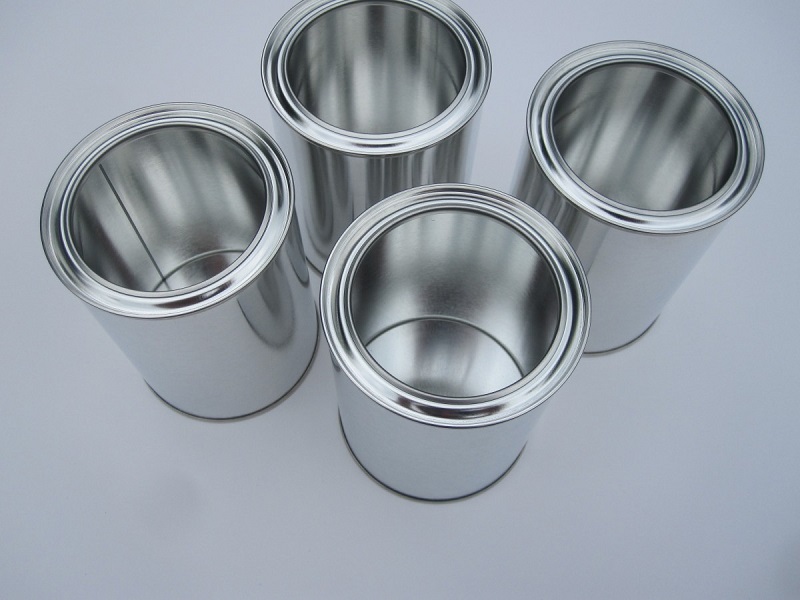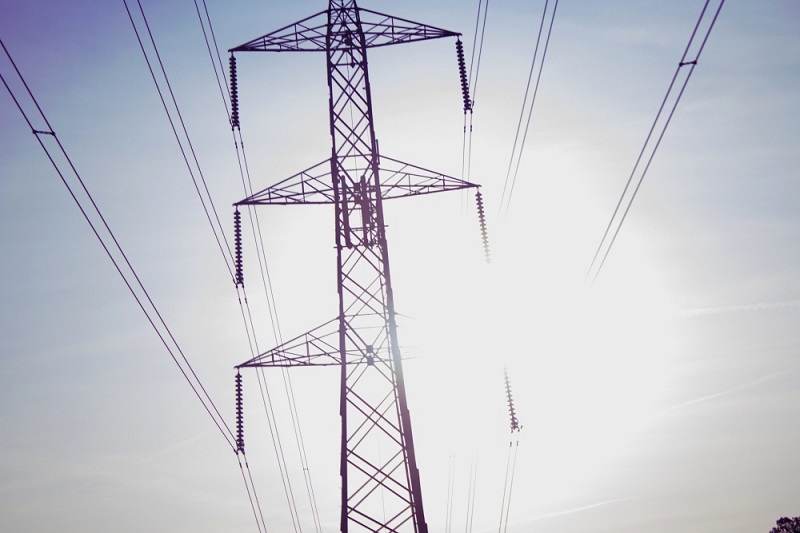
Aluminum Profile Supplier in the Philippines: All About Aluminum as a Construction Material
Aluminum, as a metal used for construction, is considered to be fairly young. It was extracted for the first time in 1854, and from 1886 onwards, aluminum was only commercially produced as a precious metal. It wasn’t until the 1950s that aluminum was industrially produced and its applications for civil and construction purposes took off. In a country like the Philippines, aluminum profile suppliers are still reaping the benefits of this widespread adoption of the metal as a construction material.
The first well-known application of aluminum in the construction of buildings dates all the way back to 1898. During this time, the dome the Church of San Gioacchino in Rome was clad in aluminum sheets. In 1931, The Empire State Building in New York, with its stunning Art Deco inspiration, was the first building to use anodized aluminum parts.
Today, aluminum is used for a wide variety of applications in the building and construction industry. Aluminum is the material of choice for key components of a building like window frames, curtain walling, and other glazed structures. It is also used extensively for fixtures like doors, suspended ceilings, heating and ventilation equipment, light reflectors, rolling blinds, exterior roofing and cladding, wall partitions and panels, solar shading devices, and complete prefabricated buildings.
The use of aluminum is not strictly limited to the construction industry too; structures like helicopter decks, scaffolding, offshore living quarters, balustrades, and ladders are also typically made with aluminum. There are quite a lot of reasons why aluminum has found such success just in this one industry, some of which is now going to be explained in this article.

The Life Cycle of Aluminum
-
Sourcing the Metal
More than half of the aluminum that is being used today are typically produced using recycled raw materials. This trend is only expected to increase as time goes on because the energy required to recycle aluminum is just five percent of what is needed to produce it from raw materials. In this case, the ecological and environmental benefits of recycling aluminum are obvious.
Because of the increasing lifespan of transport vehicles and structures and buildings, however, the amount of end-of-life scrap aluminum available today has also become much less than what was in the market many years ago. The missing amount of recycled scrap aluminum then has to come from the primary aluminum industry because the volume of scrap aluminum available is much less than what is currently required.
The ore from which aluminum is primarily produced, bauxite, comes mainly from Brazil, the West Indies, Australia, West Africa, and other subtropical and tropical regions. A large majority of these bauxite mines also have rehabilitation plans in place. The area that is returned to native forests is expected to be higher than the original vegetation in place before mining. This way, the amount of newly mined areas are balanced by the number of existing mining areas that are being rehabilitated.
Alumina is extracted from bauxite ore and undergoes an electrolysis process in order to obtain primary aluminum. The total greenhouse gases emitted during this process has also been reduced by 45 percent between 1990 and 2005.
-
Manufacturing
Flat aluminum products are made through a process of rolling where large slabs of aluminum are fed into rolling mills. By repeatedly feeding the aluminum slab into these mills, they are turned into sheets of different thicknesses.
This process usually begins with a hot rolling method that takes the slab back and forth through rollers of reducing width. Finally, the sheet is rolled using a cold roll process which further reduces its thickness all the way down to 0.15 mm. By taking this process further, the sheet can be reduced to a thickness of just 0.007 mm, also known as aluminum foil.
The sheets can then be formed for different purposes such as rolling shutters or cladding panels while the aluminum foils can be applied to other materials like insulation.
Aluminum profiles are made using an extrusion process. This process consists of pushing a hot, cylindrical billet of aluminum through a shaped die. Because the alloy can easily be extruded into complex shapes, manufacturers, designers, and suppliers of aluminum profiles here in the Philippines can make complex shapes and “put the metal exactly where it is needed.”
Aluminum extrusions are used for domestic and commercial purposes. Many suppliers of aluminum profiles in the Philippines provide the materials necessary to make doors, windows, curtain wall frame systems, prefabricated building and housing structures, and various other applications.
Aluminum is also one of the few metals that can be cast using an all-metal casting process. The most common methods of all-metal casting processes include permanent mold casting, sand casting, and die casting. Aluminum metal castings can also be made to almost any size which means that for architects and designers, they can have a more flexible material to work with that offers little to no restrictions in design.
-
Finishes
Aluminum is one of the few metals that can be left in their natural state without the need for finishing. When exposed to air, aluminum will oxidize naturally and produces a thin film of oxide. This film then completely protects the aluminum from oxidizing any further.
Another form of finishing aluminum products is anodizing. This is an electrochemical process where the natural oxide film on the surface of the aluminum is reinforced which increases corrosion resistance, abrasion resistance, and hardness of the material. Anodizing gives the aluminum a very aesthetic silver matte surface finish. When metallic dyes are added and sealed into the anodized layer, a color surface can be achieved.
Powder coating is mostly applied to aluminum profiles, but it can also be used for other aluminum products. This is a type of paint that is applied as a dry powder. Typically, powder coats are applied electrostatically and are cured under heat to allow it to flow and form a “skin.” Depending on the type of powder, whether it is thermoset or thermoplastic polymer, a wide range of colors and gloss levels can be achieved.
-
Recycling
There is an increasing number of remelters that are now able to process aluminum scraps that are coated or contain polymers. In the first chamber of a remelter, the finishes to the aluminum like coatings are burnt away. The gas emitted during this process are collected in equipment that can efficiently capture fumes.
The aluminum is then heated and melted in the second chamber. Finally, the liquid aluminum is transported directly to foundries or cast into ingots, extrusion billets, and rolling slabs, ready to start a new life.

Different Benefits of Aluminum
-
Low Maintenance
Aside from routine cleaning for appearance reasons, aluminum does not require any heavy maintenance whether it is painted or bare. This means major cost savings and environmental benefits can be realized over the lifetime of a building.
-
Long Service Life
Aluminum products that are used in construction are made from alloys that are resistant to corrosion, immune to the UV ray damage, and are weatherproof. This ensures great performance even after long periods of time.
-
Flexible Designs
The extrusion process used in creating aluminum profiles can offer contractors an almost endless range of sections and forms. Manufacturers and suppliers of aluminum profiles here in the Philippines allow designers to integrate a lot of functions into a single profile.
Composite panels and coated aluminum sheets can also be fabricated into different shapes like flat, curved, or layered with other materials. Lastly, aluminum can also e drilled, screwed, welded, sawed, riveted, bent, and soldered in the workshop or on the construction site itself – perfect for the wide varieties of gym equipment.
-
A Wide Range of Alloys
On its own, pure aluminum is quite a soft metal which is why it is not suited for construction and building applications. However, thanks to the addition of other alloying elements such as manganese, zinc, copper, magnesium, etc., the mechanical and physical properties of aluminum can be varied.
In addition, thanks to more modern production processes, aluminum can be used to satisfy a wide range of requirements of a large number of different industries.
-
High Strength-to-Weight Ratio
This is perhaps the most important property of aluminum. A high strength-to-weight ratio allows architects to meet the required specifications while reducing the amount of dead load on the supporting structure of a building. This is also an important advantage for roofing and cladding applications.
Thanks to the inherent stiffness and strength of the metal, products like curtain wall frames and windows can be manufactured more narrowly and maximize the glazed surface area.
In addition, because aluminum is lightweight, it is easier to transport and handle on-site which reduces the risk of work-related injury.

The Energy Efficiency of Aluminum
-
Energy Savings with Cooling
During the summer, the amount of heat and sunlight a building is exposed to should be minimized in order to make the occupants inside more comfortable and reduce their need for air conditioning.
In warmer regions, products from aluminum profile suppliers in the Philippines such as solar blades and shutters can be used to provide shade. A double skin facade using aluminum cladding can also be used to reduce the amount of sunlight exposure.
-
Energy Savings with Heating
In colder periods, on the other hand, the amount of heat that escapes from a building should be reduced while maximizing the amount of sunlight it receives. For these cases, the amount of sunlight that passes through a window can be maximized by using narrower and more slender aluminum frames.
Using aluminum shutters during the night will also reduce the amount of heat lost during the cold period. You can also insulate the building by applying aluminum foils on the inner side of the insulation. This also creates a barrier to gas, light, and moisture which cannot be permeated easily.
-
Natural Lighting
Suppliers of aluminum profiles in the Philippines provide products that offer strength, dimensional stability, design flexibility, and durability. Therefore, it is not surprising that aluminum profiles can be used in the structural components of large, window surfaces such as skylights, large sliding windows, verandas, and curtain walls.
Aluminum profiles, in combination with glass surfaces, provide the perfect way to make sure that a high-level of natural lighting enters the building. In fact, using a more slender aluminum profile can improve the amount of natural light that enters the building by as much as 20 percent compared to windows that are made with other materials.
-
Airtightness
The regulations and standards that govern construction are becoming harder every day. Recently, the aim has been to increase the airtightness of building which then minimizes the amount of heat loss.
Products from aluminum profile suppliers in the Philippines are ideal for this purpose because the metal is not porous and their mechanical stability ensures the best performance throughout the years.
-
Efficient Renovation
Aluminum allows old and energy inefficient buildings to be transformed into more energy-efficient ones. For instance, all the thermal bridges in an older building can be removed by enclosing the entire building in a “warm jacket” which is a light, thermal skin made of fully prefabricated aluminum facade units. By enclosing the entire building in this manner, the thermal performance of the building can be significantly improved.
-
Intelligent Building Envelopes
Intelligent building facades that make use of aluminum systems can reduce the amount of energy consumed by up to 50 percent. The most important feature of these intelligent buildings is their interaction with the exterior of the building. This dramatically reduces the need for cooling, heating, lighting, and ventilation energy demands no matter the seasons.
Improve Your Construction with One Sky Aluminum
Aluminum plays an important role not just in the construction of new buildings, but also in the renovation and sustainability of older ones. Thanks to its various properties, aluminum is one of the major contributors to the safety, comfort, and energy efficiency of buildings.
In the Philippines, One Sky Aluminum remains as the number one choice when it comes to aluminum profiles and products. With almost a decade of unwavering and quality service, One Sky Aluminum makes it a priority that your construction projects are a success.
If you are interested in aluminum profiles and other aluminum and metal products offered by One Sky, click here to find out more!